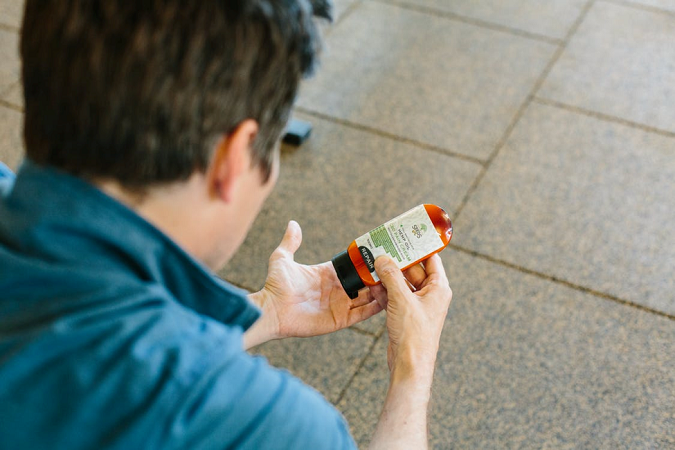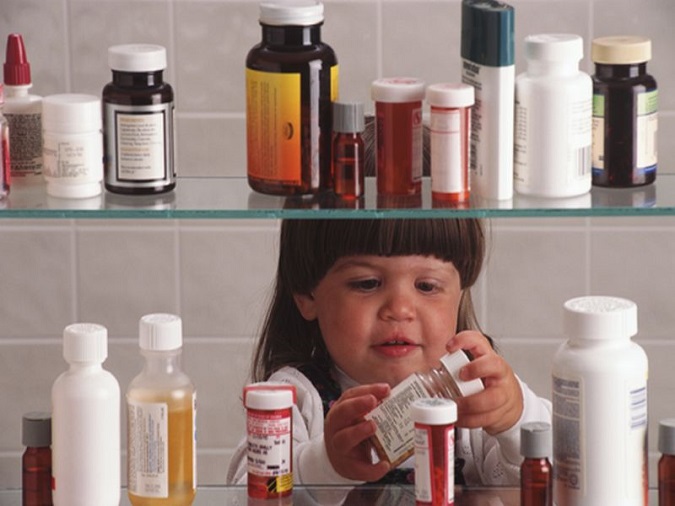Are You Using Child-Resistant Safety Caps to Keep Children Safe?

Whether your medication is kept under lock and key or remains out in the open, it won’t take a curious kid long to try and open it. Those small, colorful pills look like candy to children after all. Besides explaining the dangers, you should also stopper all of your medication and other harmful substances and products your business may be producing with child-resistant caps.
These are essential for pharmacies since there have been several tragic cases when children were able to open and ingest harmful substances out of sight of their parents. It was the reason why the Poison Prevention Packaging Act of 1970 was passed. As per the law, every household cleaning agent, chemicals, and certain medications should come with child-resistant caps.
Contrary to popular belief, ‘child-resistant’ does not mean childproof. To be deemed a C-R cap by the PPPA, the cap has to be incredibly difficult for children who are under 5 years of age to open.
If it can be opened, it should not allow a harmful amount of content to get out within a reasonable amount of time. At the same time, it should be accessible enough to allow adults to open it and use the contents inside.
Where to Use Child-resistant Caps
Even substances that don’t look harmful such as vitamin supplements can be dangerous in certain amounts.
Additionally, if any other products you use (or produce) that are poisonous or have harmful agents should also have C-R caps. These include the following:
✔ Insecticides.
✔ Liquid fuel.
✔ Nasal sprays or drops.
✔ Mouth wash.
✔ Vitamin supplements.
✔ OTC medication.
✔ Eye drops

Basic Structure of a C-R Cap
A basic C-R cap comprises two caps that are placed one inside the other. The inner cap has threads that are designed to screw onto the bottle and the outer one has gripped edges that allow easy twists. Both can twist one inside the other.
That’s because the top part of the inner cap is grippy as is the inner part of the flat part of the outer cap. That way when you twist the cap, only the outer one will spin but without making the inner one spin as well. This will prevent the cap from opening the normal way.
A child will have a difficult time figuring out that the cap has to be pushed down to unlock the mechanism. Most kids lose interest after a couple of minutes unless the contents look extremely tempting.
Types of C-R Caps
When it comes to C-R caps, one size does not fit all. Child-resistant tablet bottles come in a range of types some of which include the following:
C-R Screw Caps
This special cap consists of outer and inner caps that interact via radial and linear contact. This allows adult users to screw and unscrew it easily. To open it, you need to push down on the cap and turn it counter-clockwise at the same time.
The inner part of the cap is made out of polyethylene terephthalate or PET so that it can be used to stopper products that contain petroleum or hypochlorite.
C-R Caps with Tamper Evident Ring
This special cap comprises of two-piece plastic on plastic that is threaded in a continuous pattern. To open it, you need to push down on the closure and twist the cap anti-clockwise at the same time. What’s special about this C-R is that you will know if someone has tampered with it.
That’s because it contains a breakaway drop ring that will break but won’t open the cap unless you know how to open it.
Screw-Lock C-R Cap
This special cap is made of plastic and features a lug-bayonet closure. It can be opened easily if you push down on top and twist it in a counter-clockwise direction. The inner part of the cap has square lugs that are designed to fit into the L shaped bayonets on the neck of the container. These create a tight seal that preserves the product inside and prevents children from accessing them.
Hold Tab Down and Turn C-R Cap
This special cap comes with two modes – non-child-resistant and child-resistant mode. In the latter, the cap can be opened if you press down on the tab on the part of the container that says ‘Hold’ and turn the cap in the anti-clockwise direction.
In the non-child-resistant mode, all you need to do is turn the cap clockwise to open it. This is impossible to do in the child-resistant mode because the continuous threads on the outer part of the cap are screwed on the inner ones in the container.
How You Can Protect Children from Accidental Poisonings

Even if all of the harmful medication and products in your home have these caps on them, that doesn’t mean your children are 100% safe. These have been known to open on occasion so the best way to protect your children from accidental poisoning is by taking special precautions such as the following:
✔ Keep all harmful products out of reach of children. Hide them or lock them in your cabinets or place them high on shelves that they cannot reach or see them. This includes vitamins especially the colorful variety.
✔ Secure purses and bags that you use to carry your medication. Place them in a spot your children don’t know about and this includes bags guests might bring over. They may have medication that can be harmful to small kids. A curious child will not think twice before putting those in his/her mouth.
✔ Don’t take the medication in front of children – Children imitate the adults around them to learn new skills. If they see you popping pills, they will try to do the same especially if the bottle gets into their hands. So take your medicine behind closed doors out of their sight.
✔ Don’t call medication candy! Children take everything adults say literally because they don’t know any better yet. The next time they see a bottle with colorful pills inside, they may try to eat it thinking they are sweet treats.
Child-resistant caps can keep your medication, cleaning agents, and other potentially harmful products and substances out of reach of curious kids. However, that does not mean that you should ignore other precautions. If a child still ingests these, even if you have taken all precautions, get him/her to the emergency room ASAP.




















